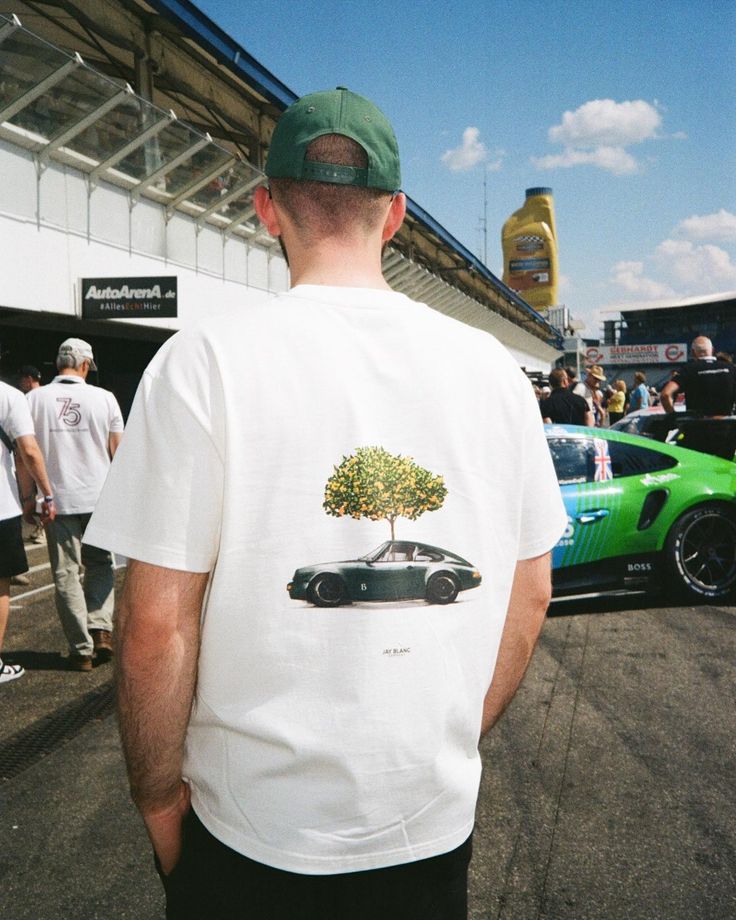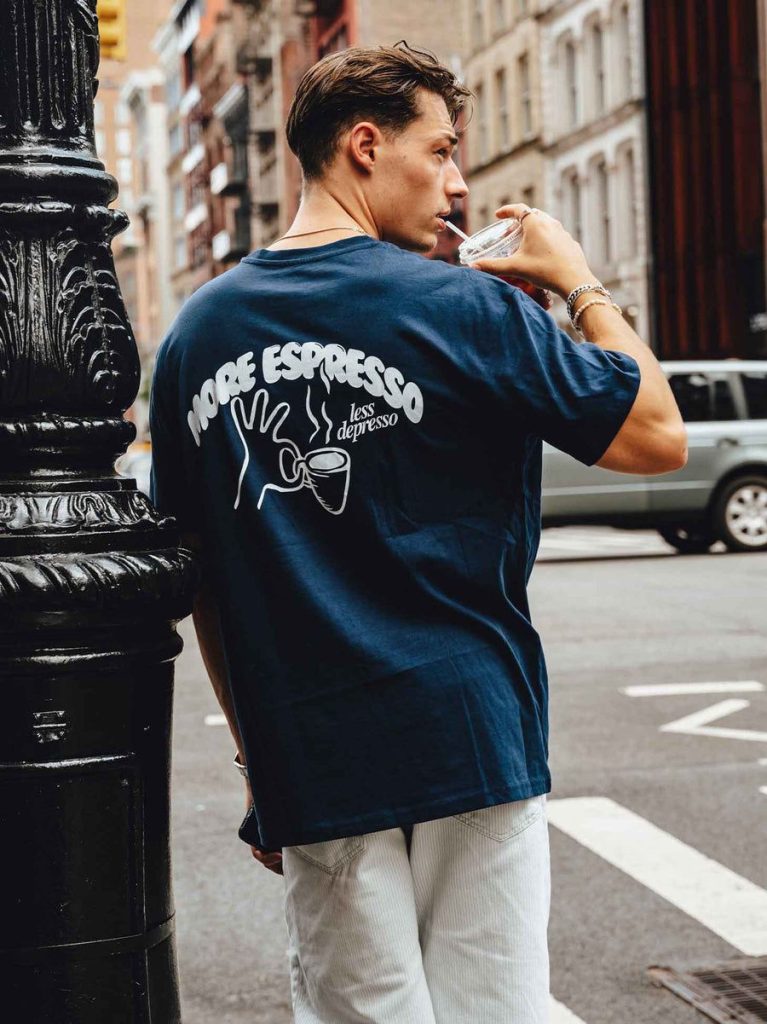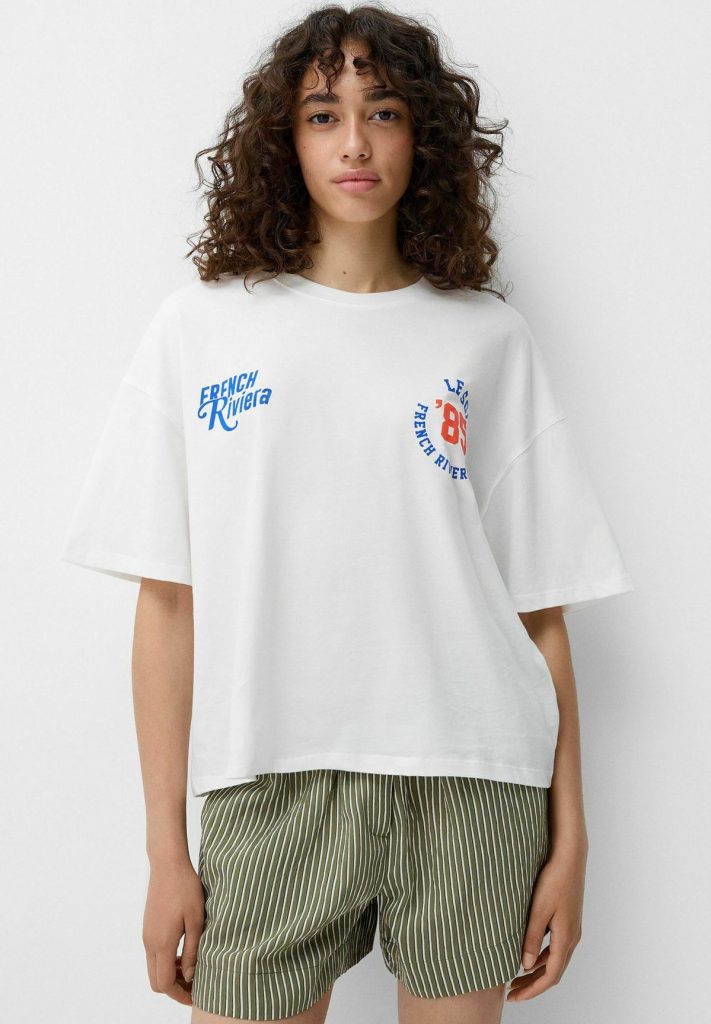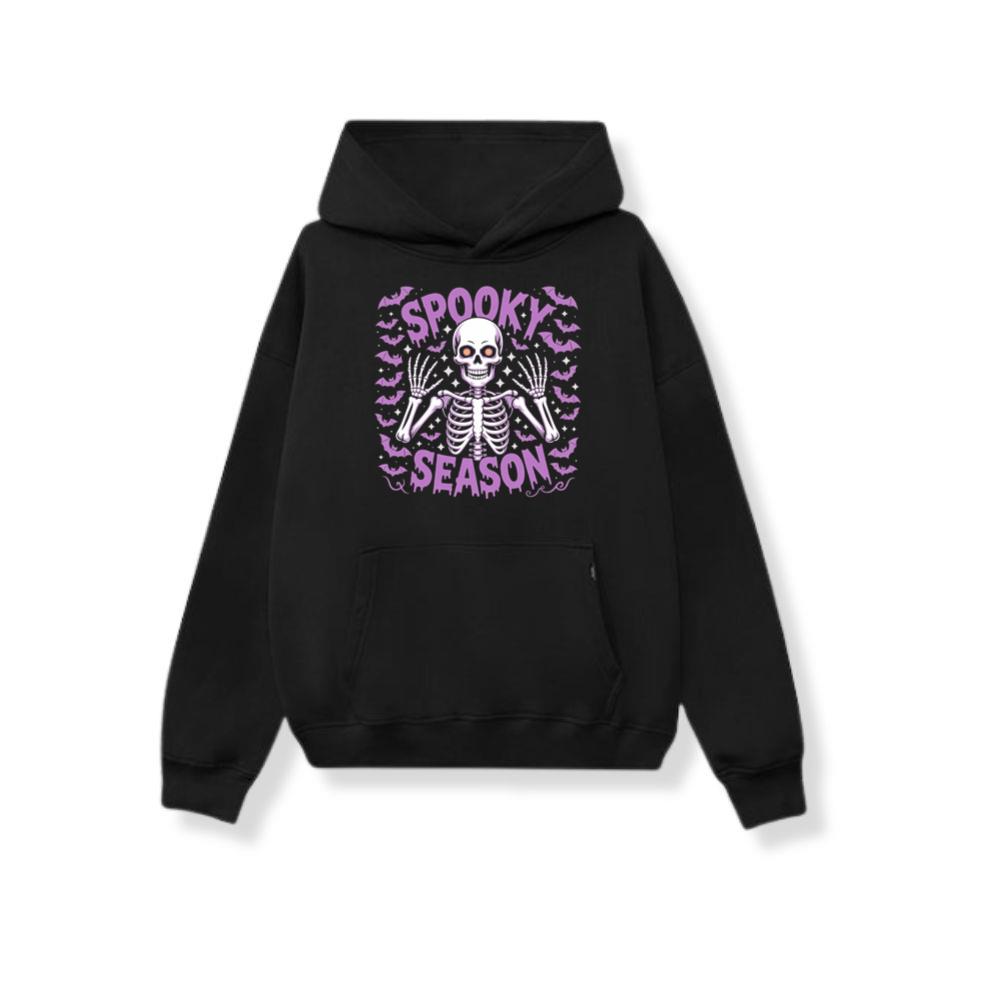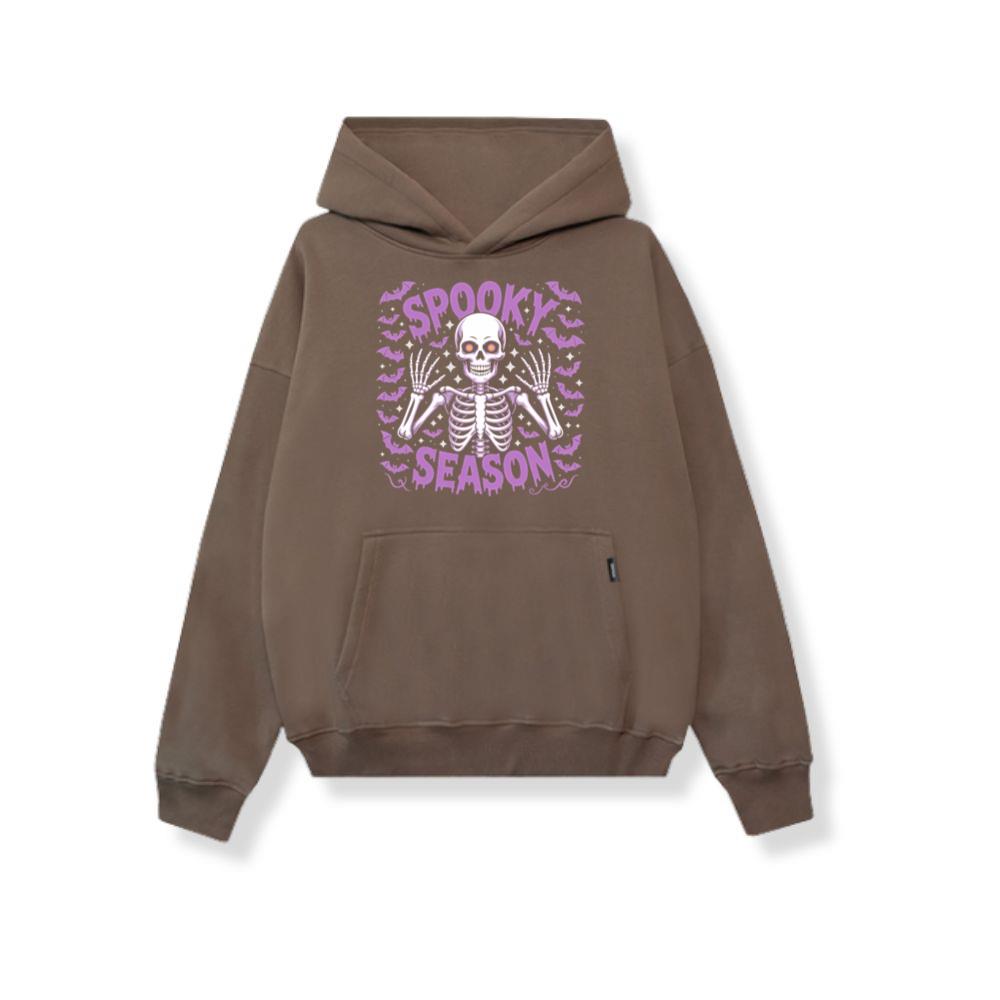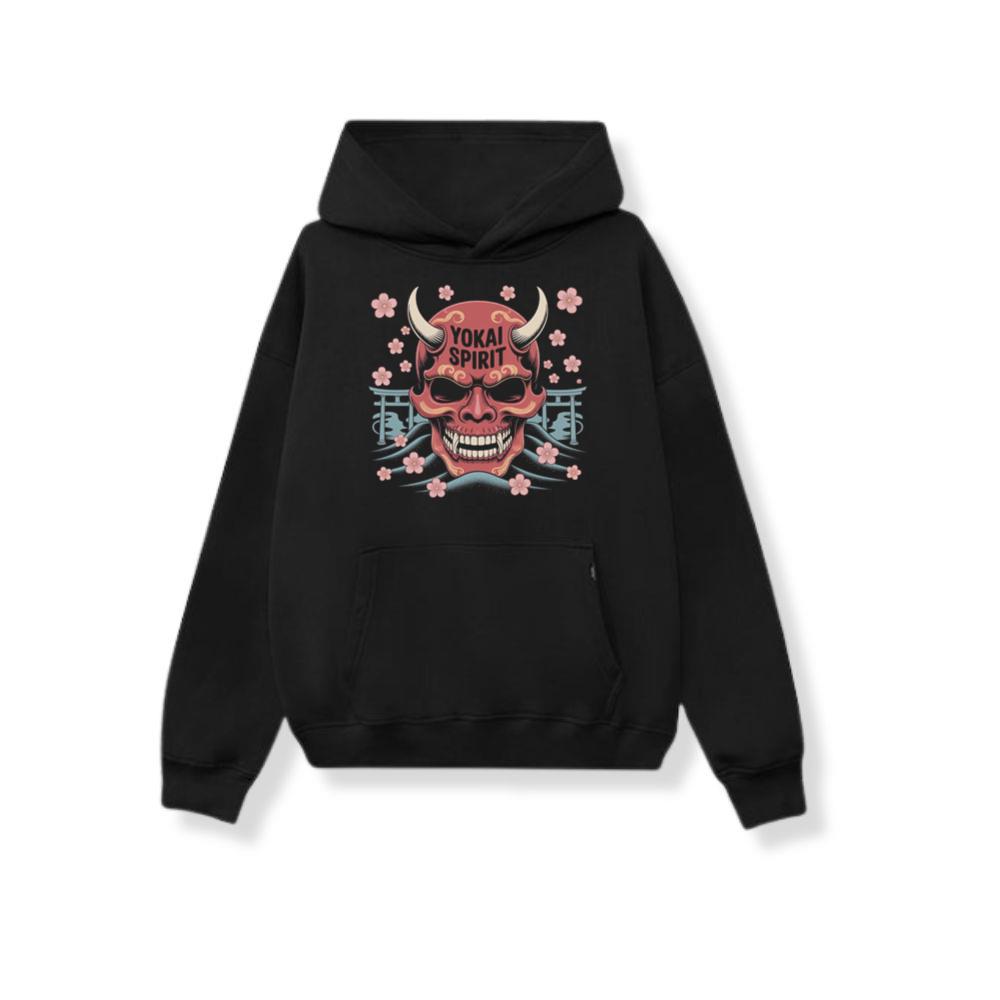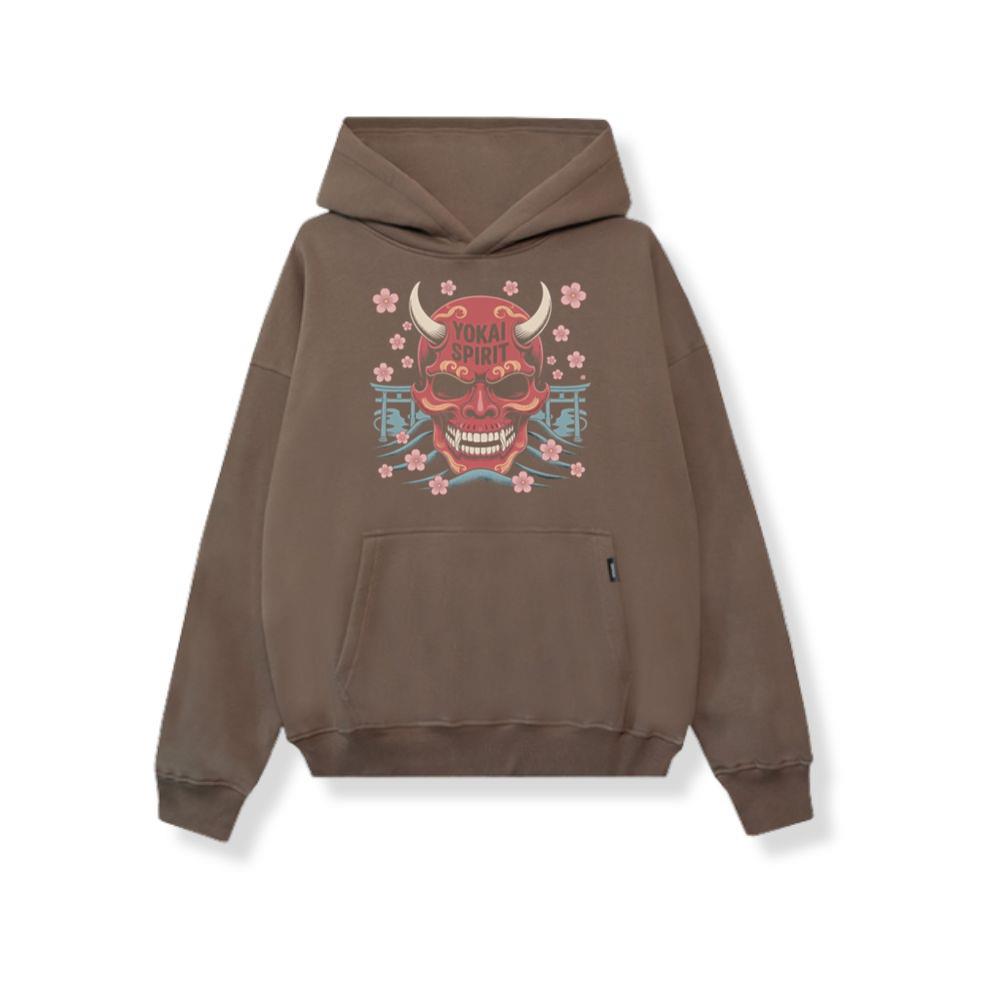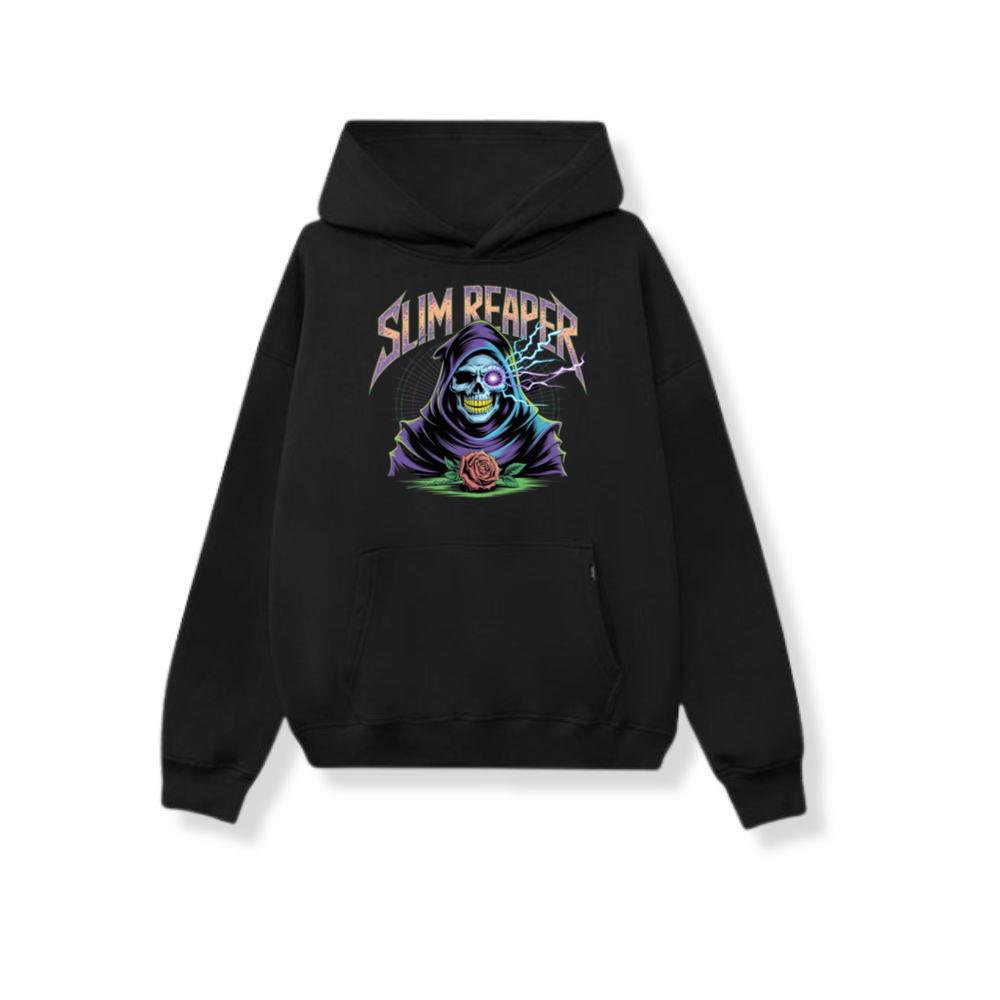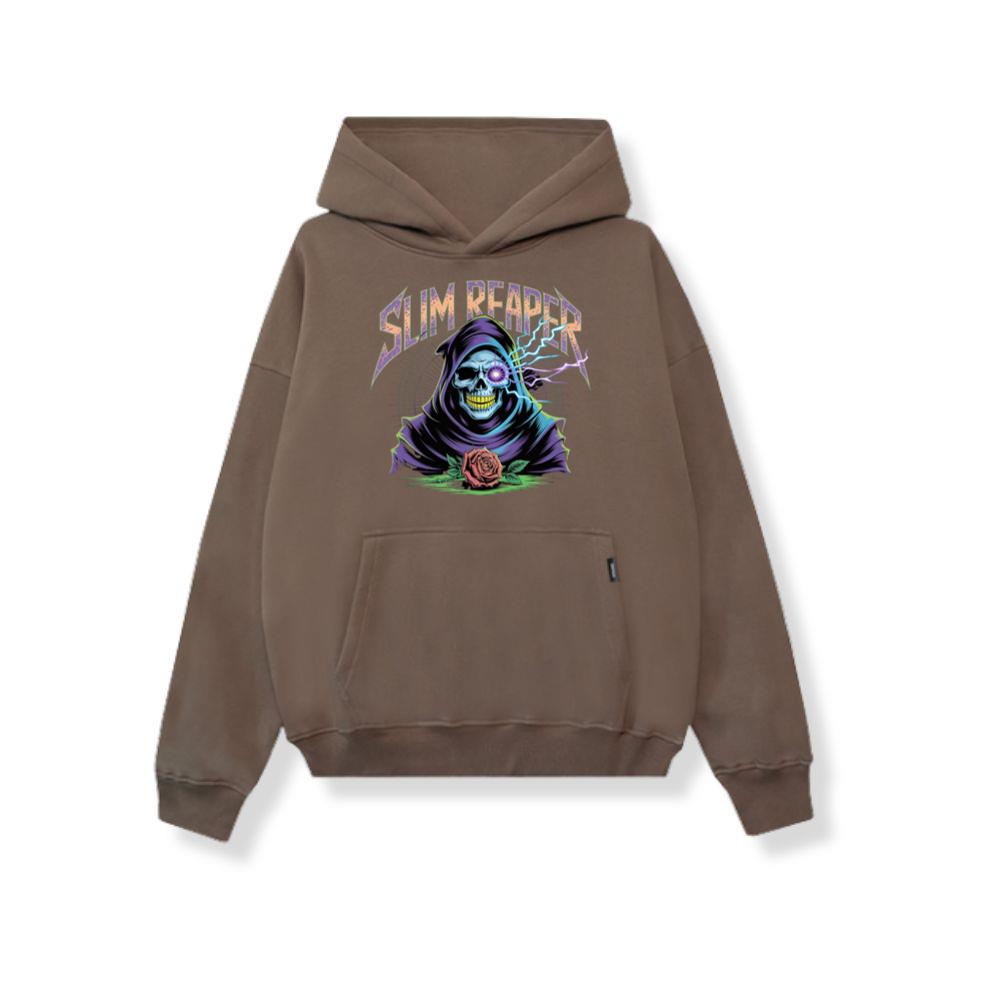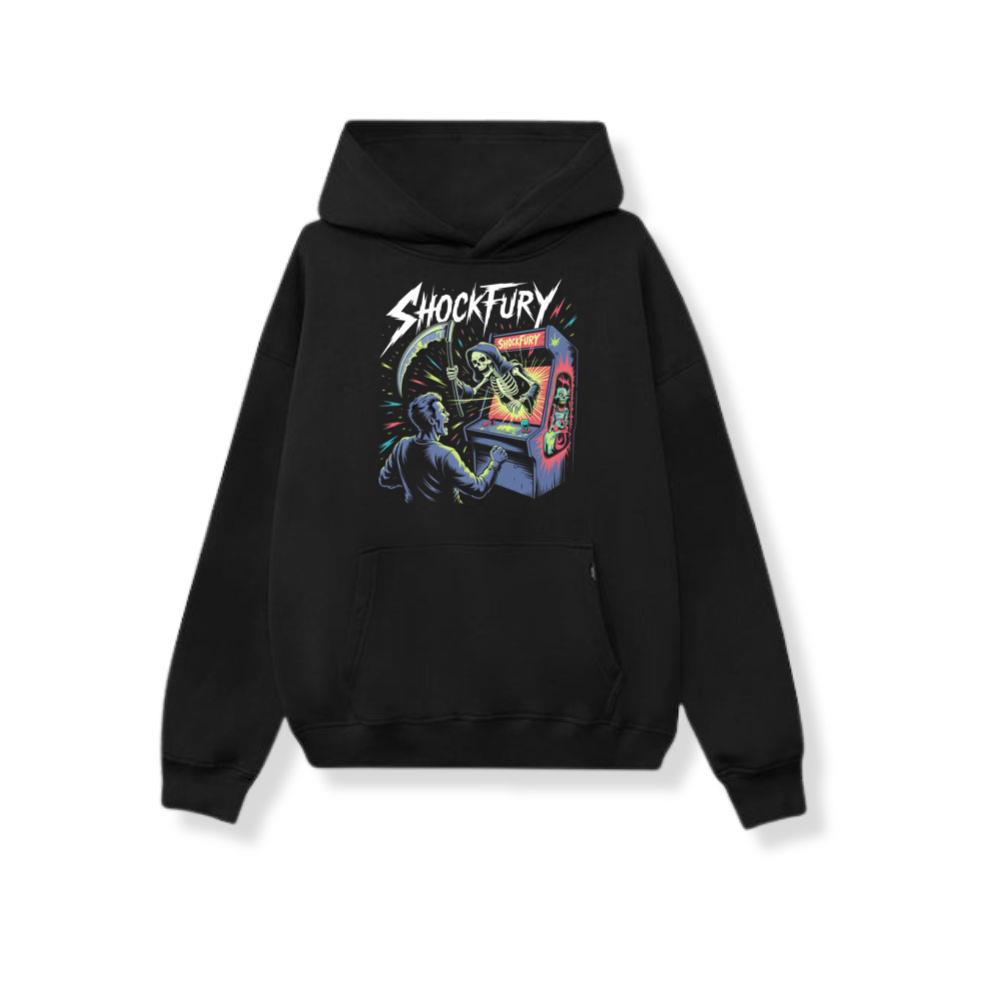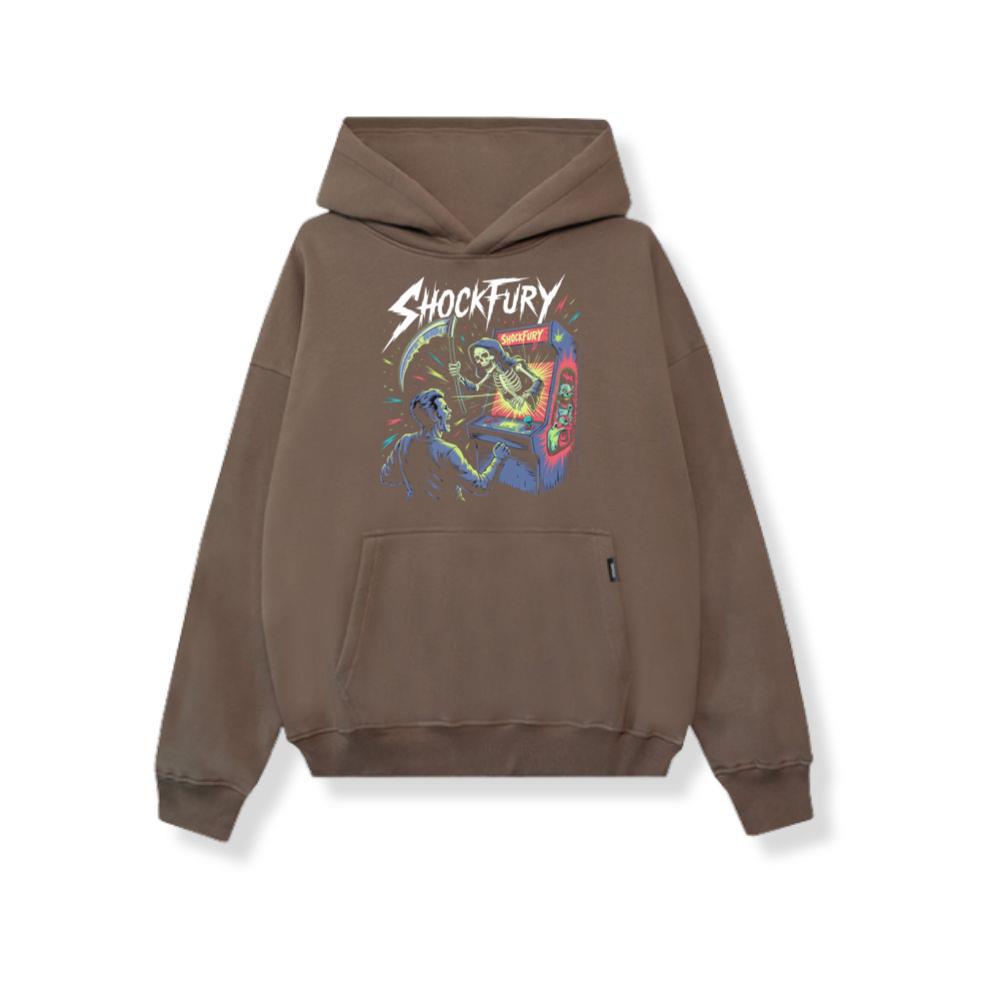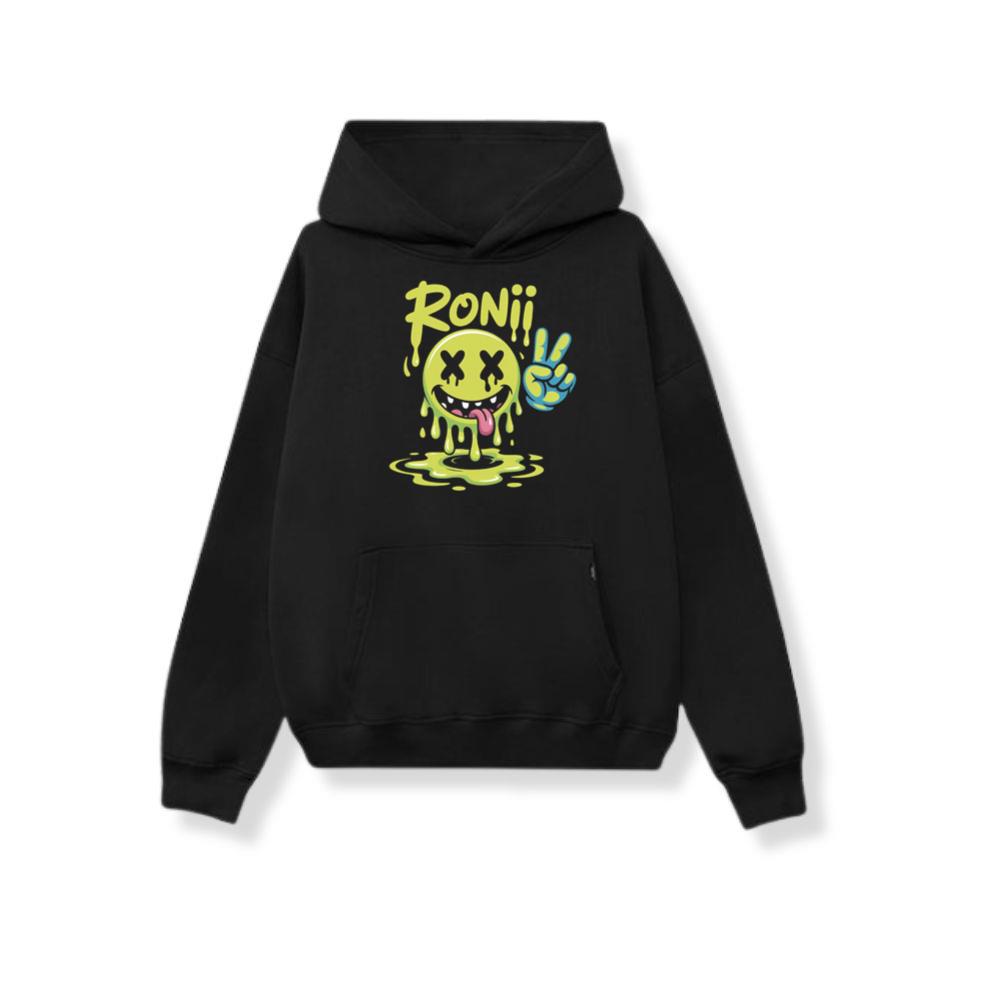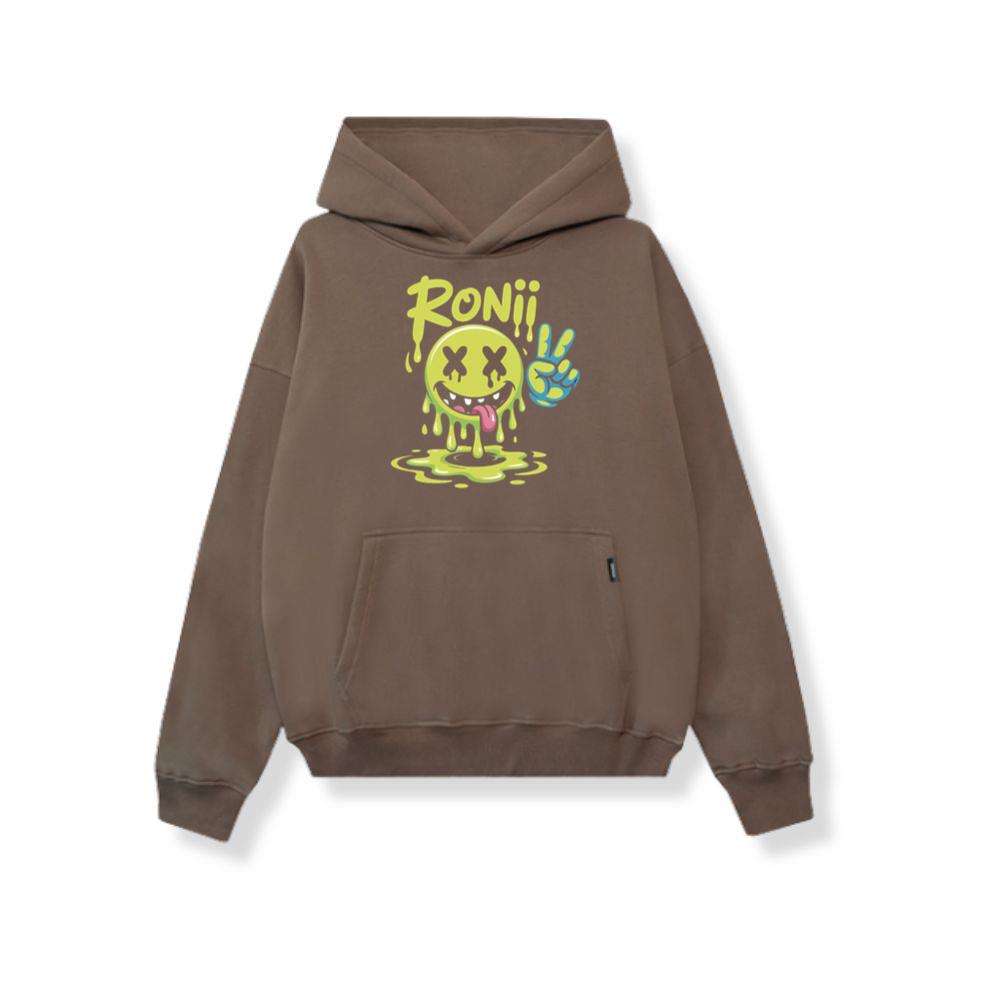Introduction: A New Era in Personal Expression
2025 marks a turning point in style. Clothing no longer merely serves as a practical necessity or a conventional fashion statement—it is now a platform for innovation, individuality, and experimentation. Across the globe, designers are challenging boundaries, blending cultural influences, merging technology with traditional craftsmanship, and creating garments that are as expressive as they are functional. This era of “Next-Gen Style” emphasizes fluidity, sustainability, and imaginative design. From bold silhouettes to transformative materials, the emerging trends promise to redefine how people express themselves visually and emotionally through what they wear.
The coming year will spotlight looks that combine heritage and modernity, comfort and sophistication, minimalism and audacity, all in ways that speak to a generation seeking uniqueness, authenticity, and versatility.
Cultural Fusion and Global Influence
The year 2025 is witnessing unprecedented cross-cultural collaborations. Designers are integrating traditional textiles from Asia, Africa, and Latin America with contemporary European tailoring. This fusion creates a vibrant tapestry of styles where every garment carries multiple layers of meaning. From handwoven fabrics to digitally printed patterns, cultural heritage is being reinterpreted for the modern wardrobe.
Consumers increasingly embrace pieces that reflect diverse narratives, not only celebrating heritage but also bridging geographical divides. Streetwear-inspired ensembles incorporate ceremonial motifs, while luxury silhouettes borrow textures from artisanal crafts, resulting in a harmonious blend that honors tradition while pushing contemporary aesthetics. This global approach fosters inclusivity and challenges the notion of a singular, dominant style.
Technology and Innovation in Design
Cutting-edge technology is central to next-generation style. Designers are leveraging 3D printing, augmented reality, AI-driven pattern making, and smart fabrics to create garments that respond to the wearer and their environment. Clothing can now adapt in color, temperature regulation, or fit, providing both functionality and a futuristic aesthetic.
Digital design platforms allow for rapid prototyping and customization, enabling designers to produce limited-edition pieces tailored for individual tastes. This democratization of design empowers consumers to participate in creative processes previously restricted to high-end ateliers. The integration of technology ensures that emerging looks are not only visually striking but also practical, comfortable, and aligned with the needs of a mobile, dynamic generation.
Sustainable Innovation: Redefining Materials
Sustainability remains a driving force behind next-gen trends. Recycled fibers, biodegradable fabrics, and low-impact dyes are becoming standard in collections that prioritize environmental responsibility. Designers focus on the lifecycle of a garment, from sourcing to end-of-life disposal, creating clothing that reduces waste without compromising creativity.
Transparency in production, ethical labor practices, and local sourcing are critical elements for the new generation of style-conscious consumers. Brands that embrace eco-conscious strategies are redefining what it means to wear meaningful clothing, shifting attention from short-lived trends to enduring, versatile pieces that respect both people and the planet.
Silhouettes and Shapes for the Modern Era
2025 introduces an exciting spectrum of silhouettes. Oversized outerwear coexists with tailored minimalist forms, while asymmetrical cuts and sculptural draping challenge traditional ideas of fit. Layering is used as an expressive tool, allowing for modular outfits that can transform throughout the day.
Genderless designs blur the lines between conventional male and female aesthetics, emphasizing individuality over conformity. Adaptive fits, adjustable fastenings, and versatile forms ensure garments can be personalized, reinforcing the wearer’s autonomy and creative expression.
Colors, Patterns, and Textures
Emerging looks embrace both daring contrasts and harmonious palettes. Neon highlights, muted earth tones, and iridescent shades dominate various collections, offering expressive options for every mood. Pattern innovation includes bold geometric prints, digitally manipulated motifs, and reinterpretations of classic forms. Textural exploration—such as quilting, pleating, and mixed-material combinations—enhances depth and visual interest, making each piece a statement on its own.
Accessories and Statement Pieces
Accessories complement the evolution of clothing in 2025. Jewelry, bags, hats, and footwear are designed not only as functional items but as extensions of personal narratives. Oversized, modular, or transformable accessories are key features of next-gen style, allowing wearers to shift identity, mood, or aesthetic without replacing their core wardrobe.
Conclusion: Style as an Interactive Experience
Next-Gen Style in 2025 is more than clothing—it is a form of communication, a canvas for individuality, and an interactive experience. Through the intersection of technology, sustainability, cultural integration, and bold design, garments are transformed into tools of self-expression and empowerment.
The emerging looks of 2025 encourage consumers to explore creativity, embrace diversity, and participate actively in shaping how style is perceived. This new era challenges conventions, celebrates innovation, and positions personal expression as the ultimate indicator of aesthetic intelligence.

